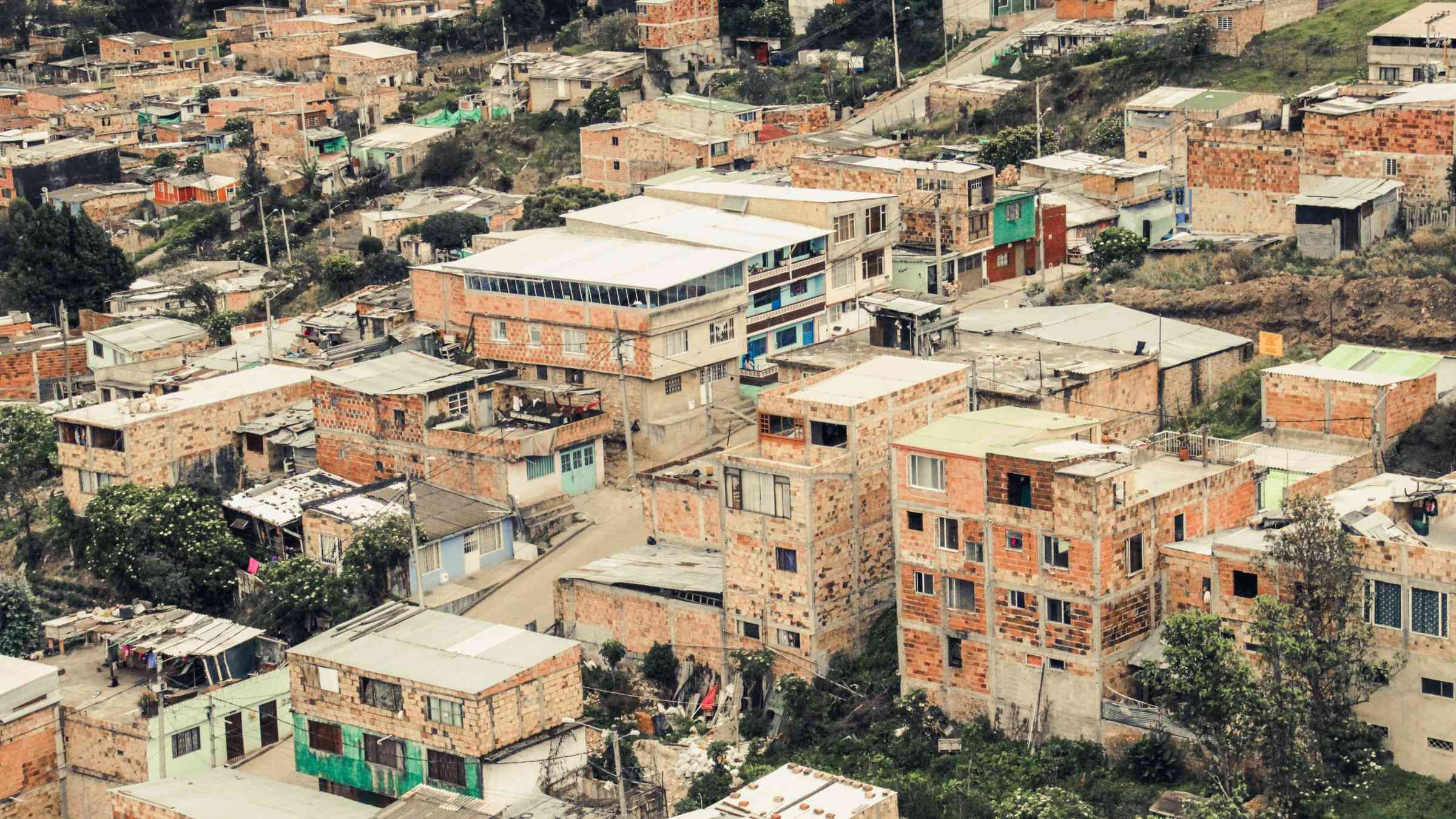The Americas & the Caribbean: COVID-19 crisis is an opportunity for cities resilience

The spread of COVID-19 around the world has placed cities at center stage in the response to the virus and its unprecedented cascading effects, which have affected all sectors at all levels. As such, understanding the new reality must include collaborative, intersectoral and comprehensive aspects that incorporate risk governance and its underlying factors.
This becomes even more relevant in a region such as the Americas and the Caribbean where 81% of the population lives in cities and is expected to surpass 90% by 2050. Today, 25% of the urban population of the region lives in precarious and vulnerable settlements, subjects to social, political and economic disparity. According to recent ECLAC data, nearly 31% of the region's population is on the poverty threshold, while 11.5% live in extreme poverty. The effects of COVID-19 will further increase these gaps, with an expected contraction of -5.3% for this year; the largest recession in the region in over a century.
“The pandemic reveals the systemic nature of disasters. For example, crises in basic services have increased in our cities, especially affecting vulnerable populations,” says Mami Mizutori, Special Representative of the Secretary-General for Disaster Risk Reduction and Head of the United Nations Office for Disaster Risk Reduction (UNDRR), during the Webinar “The cities of the Americas and the Caribbean facing COVID-19: Resilient Cities”.
She adds that “this scenario will lead us to reconsider our modern world and the organization of our cities from governance, investment, production and consumption to our relationship with nature and with each other, prioritizing risk reduction in the process. It gives us the opportunity to rethink cities and understand that overcoming the great challenges facing disaster risk reduction also means ensuring the sustainability of development.”
In cities pandemic responses, it is now necessary to prioritize projects and programmes that contribute to sustainable growth and the inclusion of green and blue infrastructure, as well as jobs that promote contact with nature. COVID-19 has also revealed precariousness on the systems on which trade, food, energy, transport and social safety nets depend. It is the deficiencies in these same systems that exacerbate the conditions for a virus to emerge, spread and become a global catastrophe. This new understanding of interdependence offers the opportunity to create stronger and more resilient local, national and global systems.
"This is a socially constructed catastrophe. It is a health disaster with a human social impact and has led to the collapse of public health systems and global, national and local economies. The pandemic has exposed historical inequalities,” says Myriam Urzúa, Secretary of Comprehensive Risk Management and Civil Protection of Mexico City. “It has exposed the precariousness of public policies,” she adds.
In this sense, it is the poorest and most vulnerable who suffer the most, as disasters expose the conditions of pre-existing vulnerabilities, underscoring the urgency of applying a preventive and risk-informed approach, a crisis recovery and future development approach in all decisions.
Eugene Zapata, Regional Director of the Global Network of Resilient Cities, assures that when a pandemic strikes an urban deteriorated structure instilled with chronic tensions, disaster-risk increases even more among the most vulnerable populations. “We have to identify our vulnerabilities to make cities more resilient. Governance of COVID-19 is complex. It is a crisis of a multisectoral nature with consequences in all systems. But the most important thing is not the attention to the sanitary crisis but to the recovery process, and the main problem of the recovery is social inequity,” he explains.
“In Santa Fe (Argentina) we have a municipal risk management system that has allowed us to articulate and link all areas of government, NGOs, civil society and the private sector, which helps us to take quick and efficient response measures," explains Cintia Gauna Director of Risk Management in Santa Fe. “The pandemic has highlighted problems that we had already identified but were not solved. Strategies put into practice during this crisis are the result of a more complex process carried out beforehand,” says Agustín Botteron, Director of Resilience in this Argentine city. This highlights that working permanently to strengthen disaster risk governance, as indicated by Priority 2 of the Sendai Framework for Disaster Risk Reduction (2015-2030), bears fruit in times of crisis such as these.
All panelists agreed that the post-pandemic urban recovery process should incorporate options focused on risk-informed sustainable development. This transformation, in addition, requires that local governments have an intersectoral and multi-scale approach that integrates various actors, including private sector and community groups, in order to formulate comprehensive responses with inclusive policies to promote safer, more sustainable and more resilient cities.
“If we learn from this moment and apply long-term prevention and risk reduction approaches now and in the future, we will not only be better prepared and help save lives, but we will also avoid future crises and move towards sustainable development and greater resilience,” concludes Mizutori.